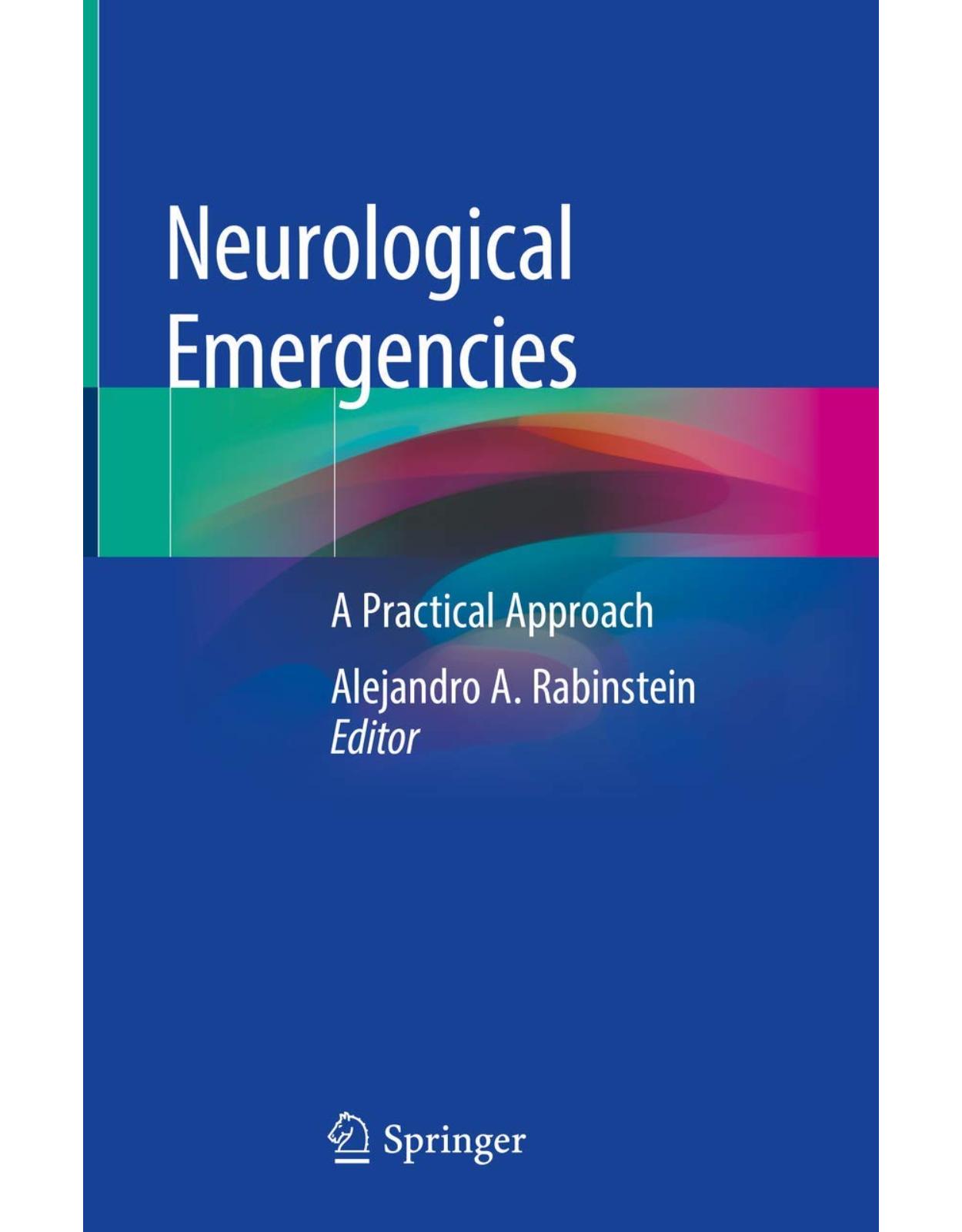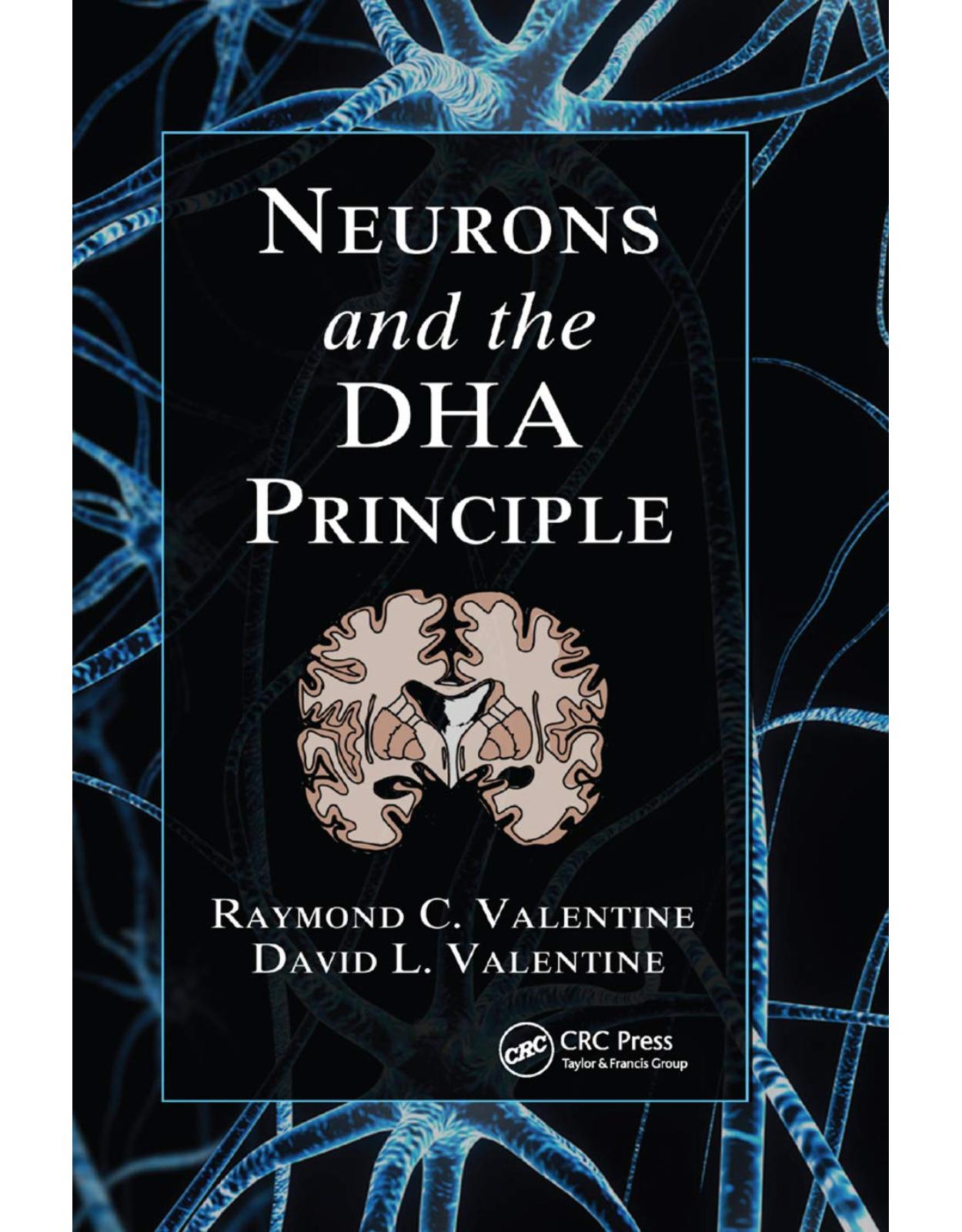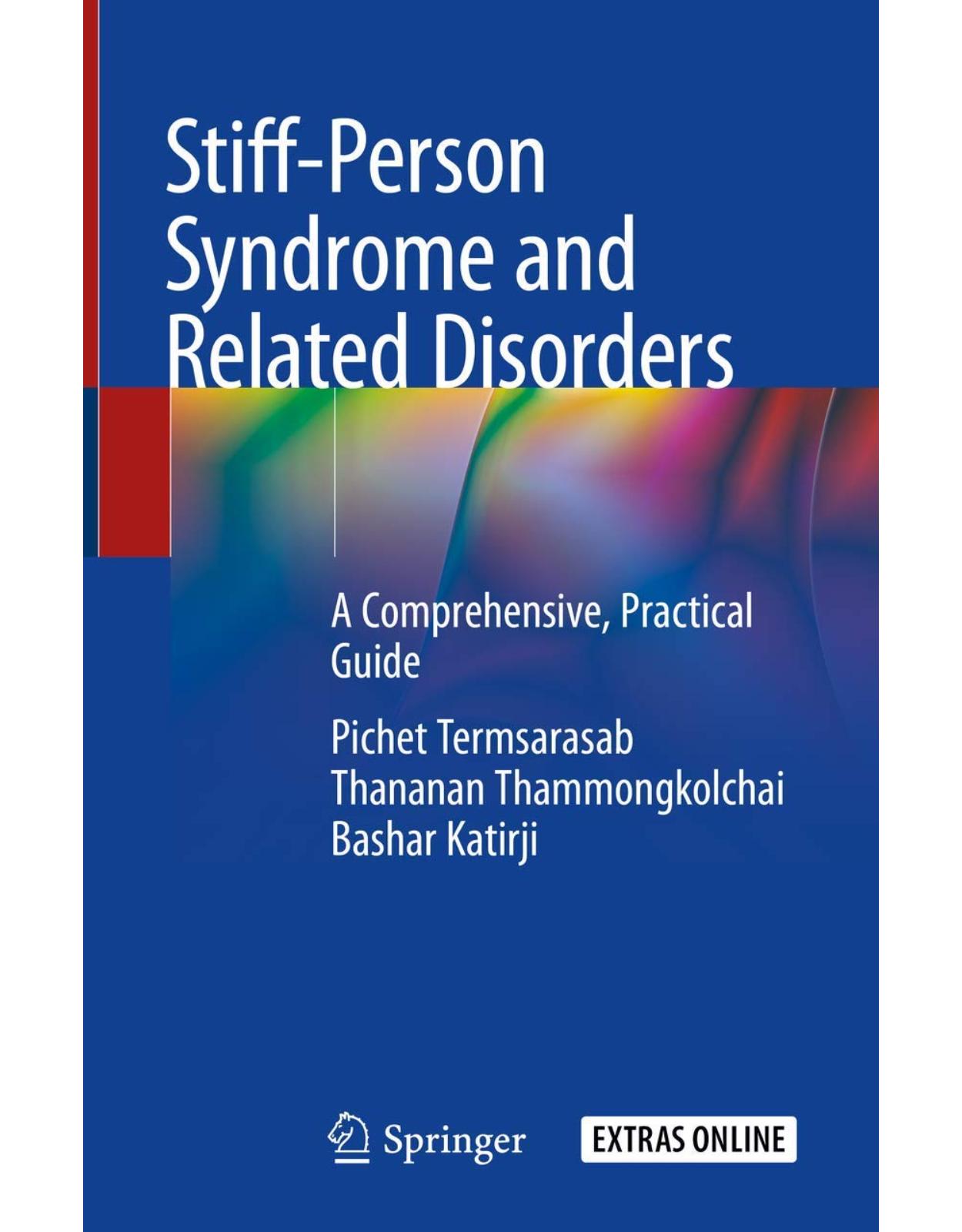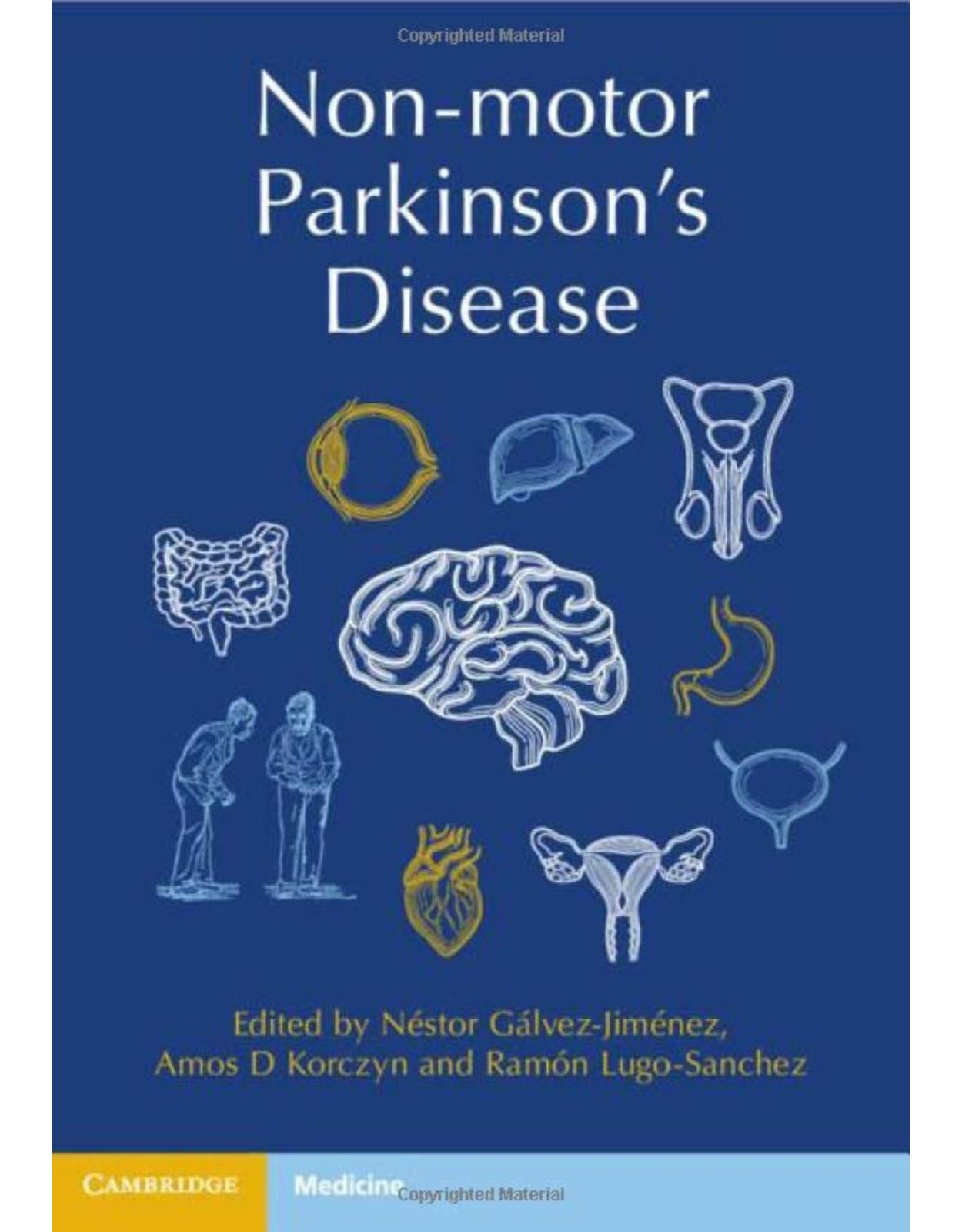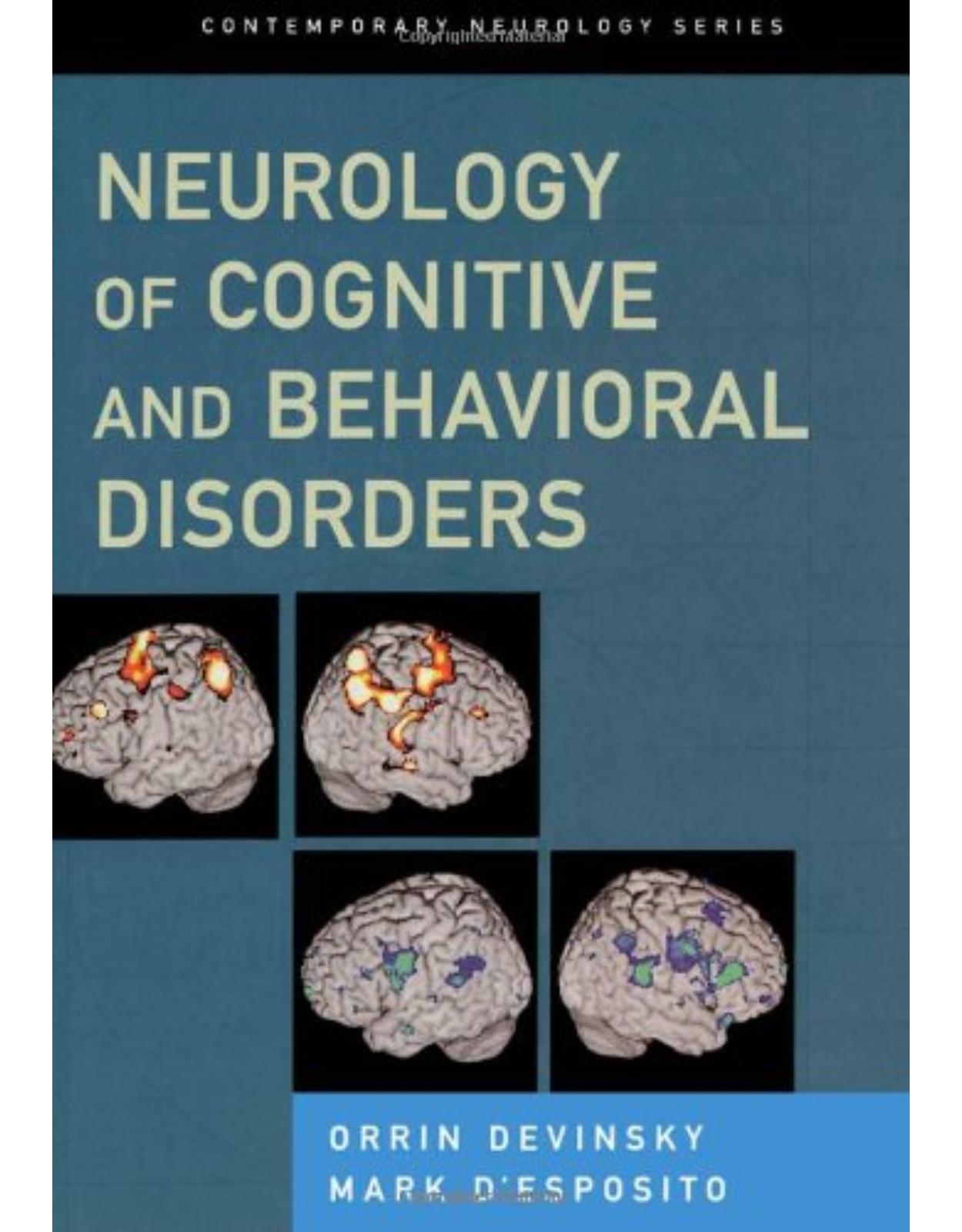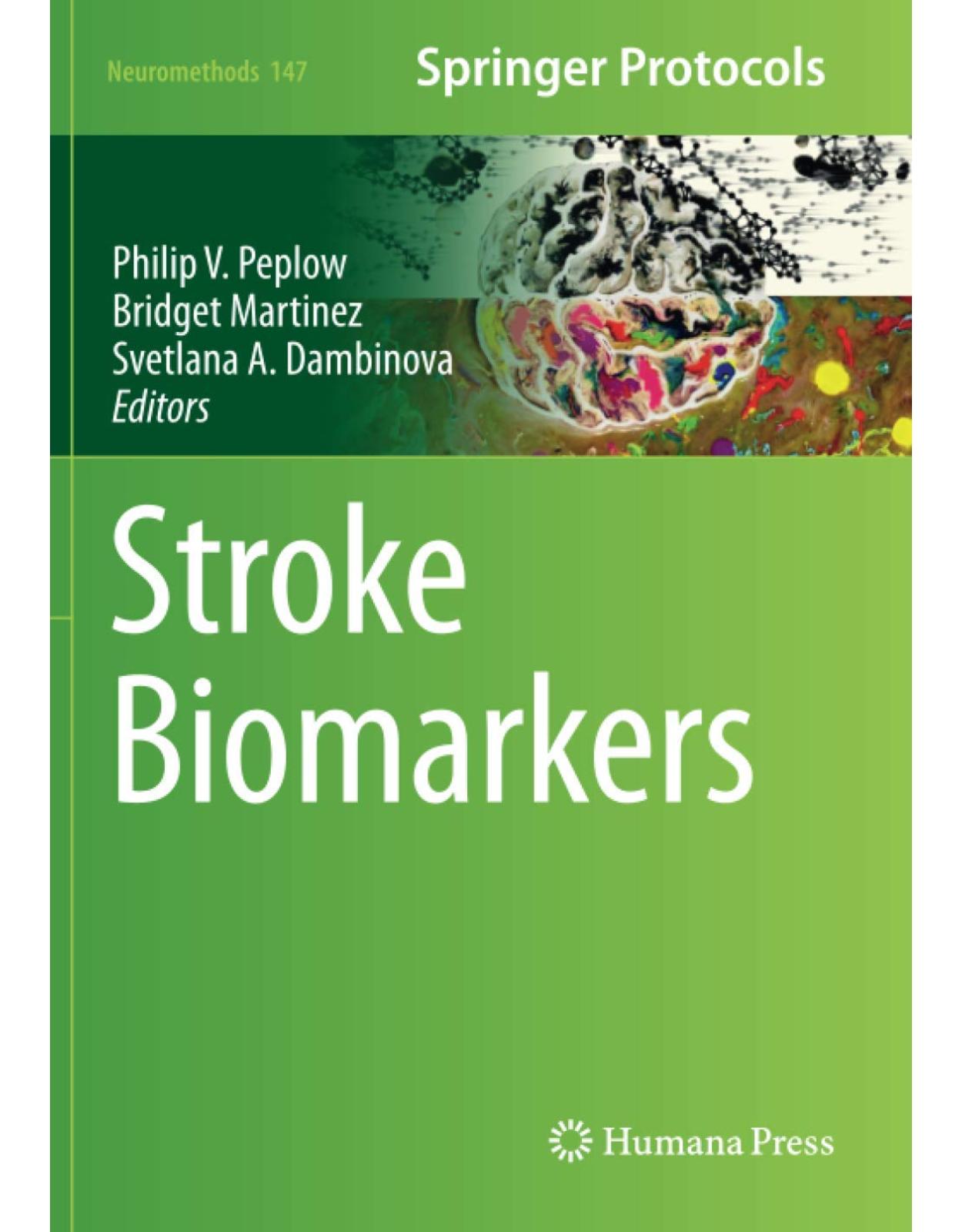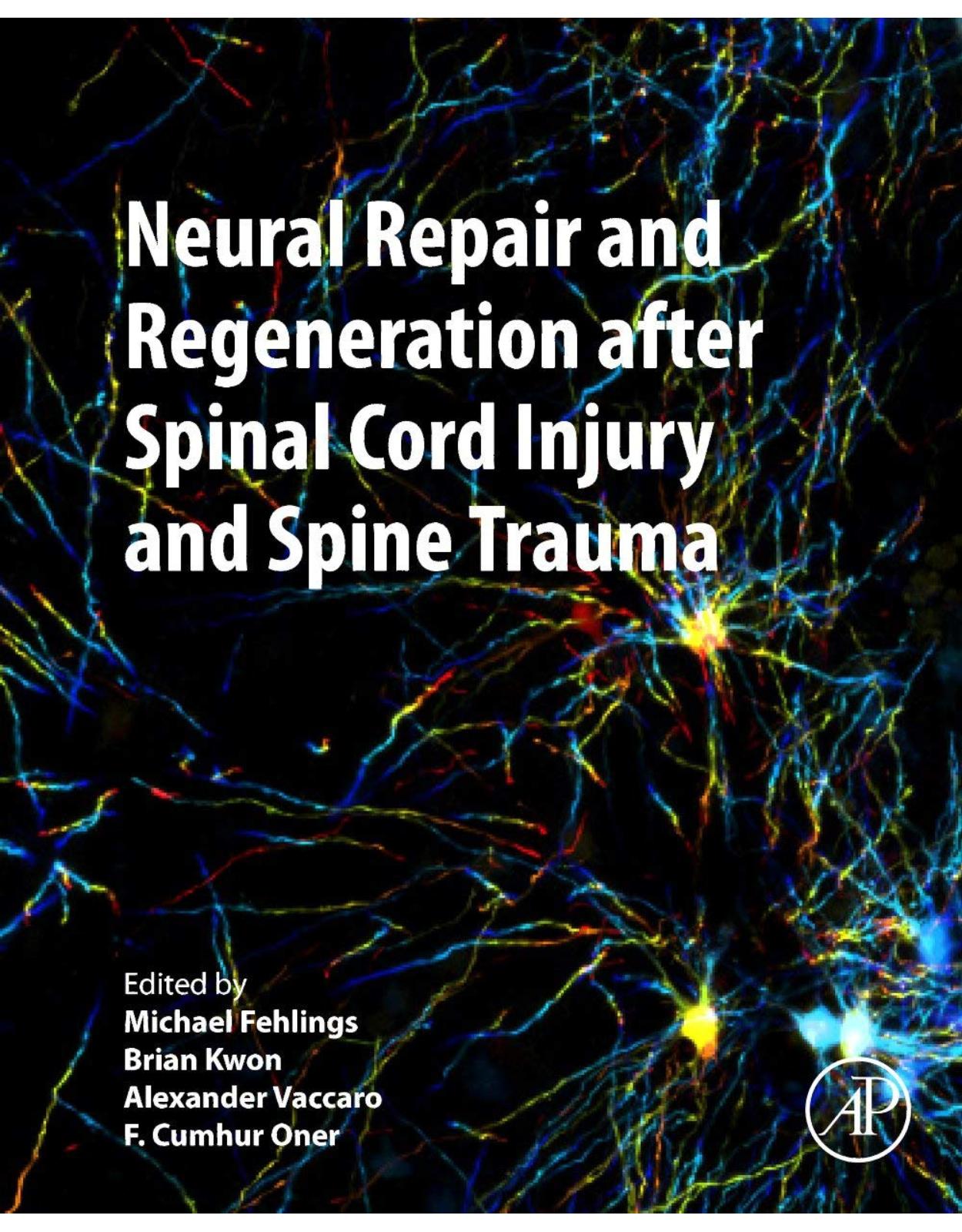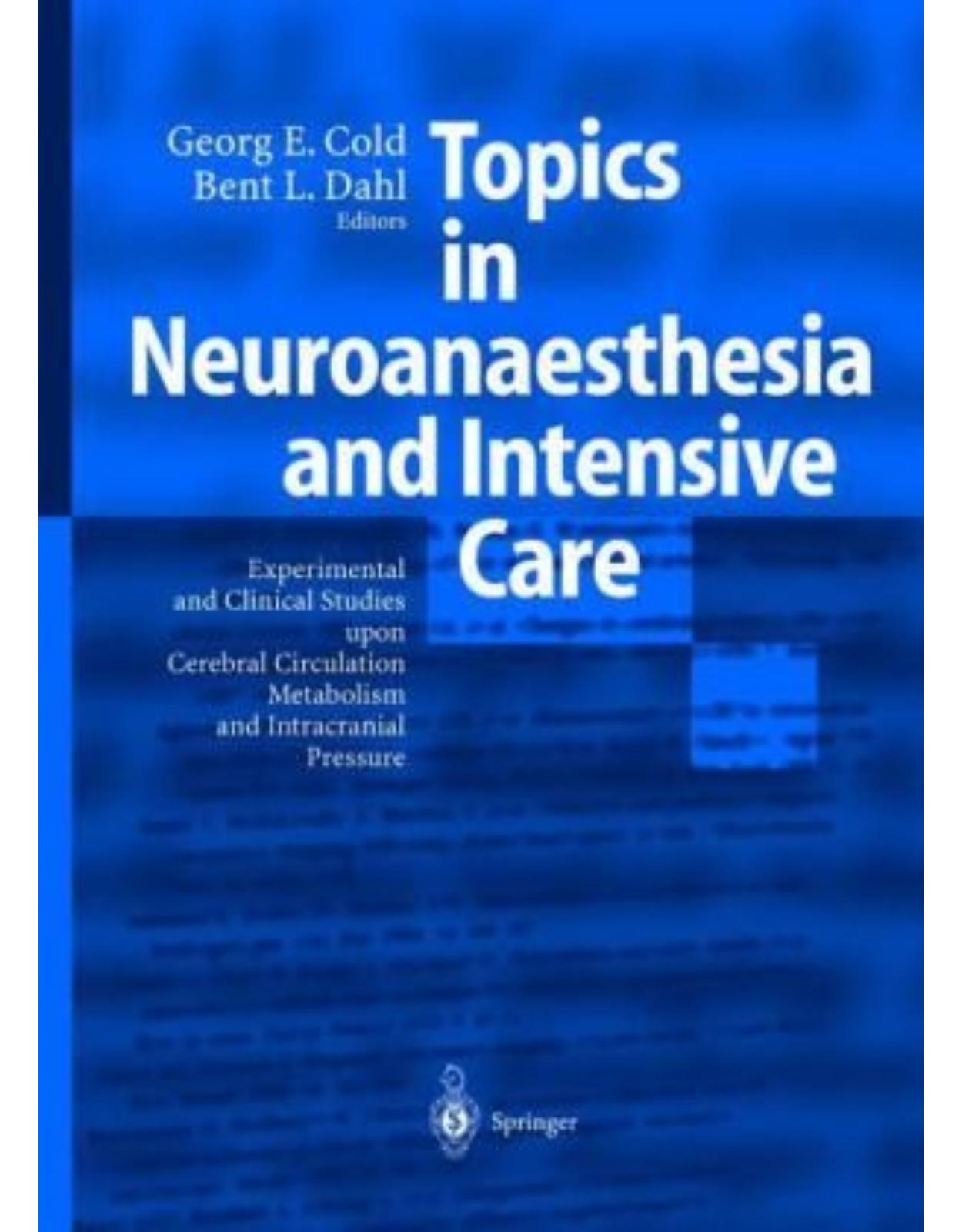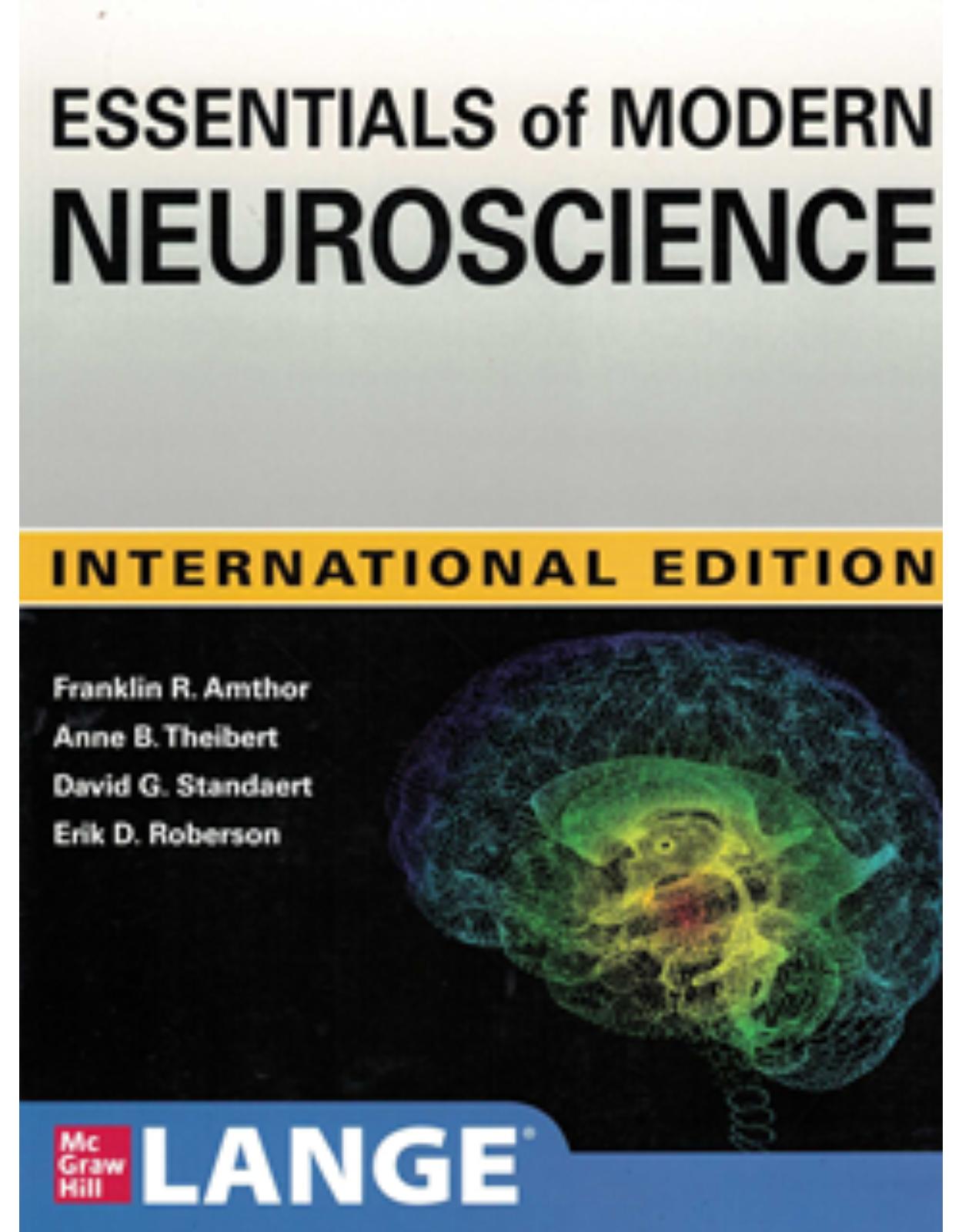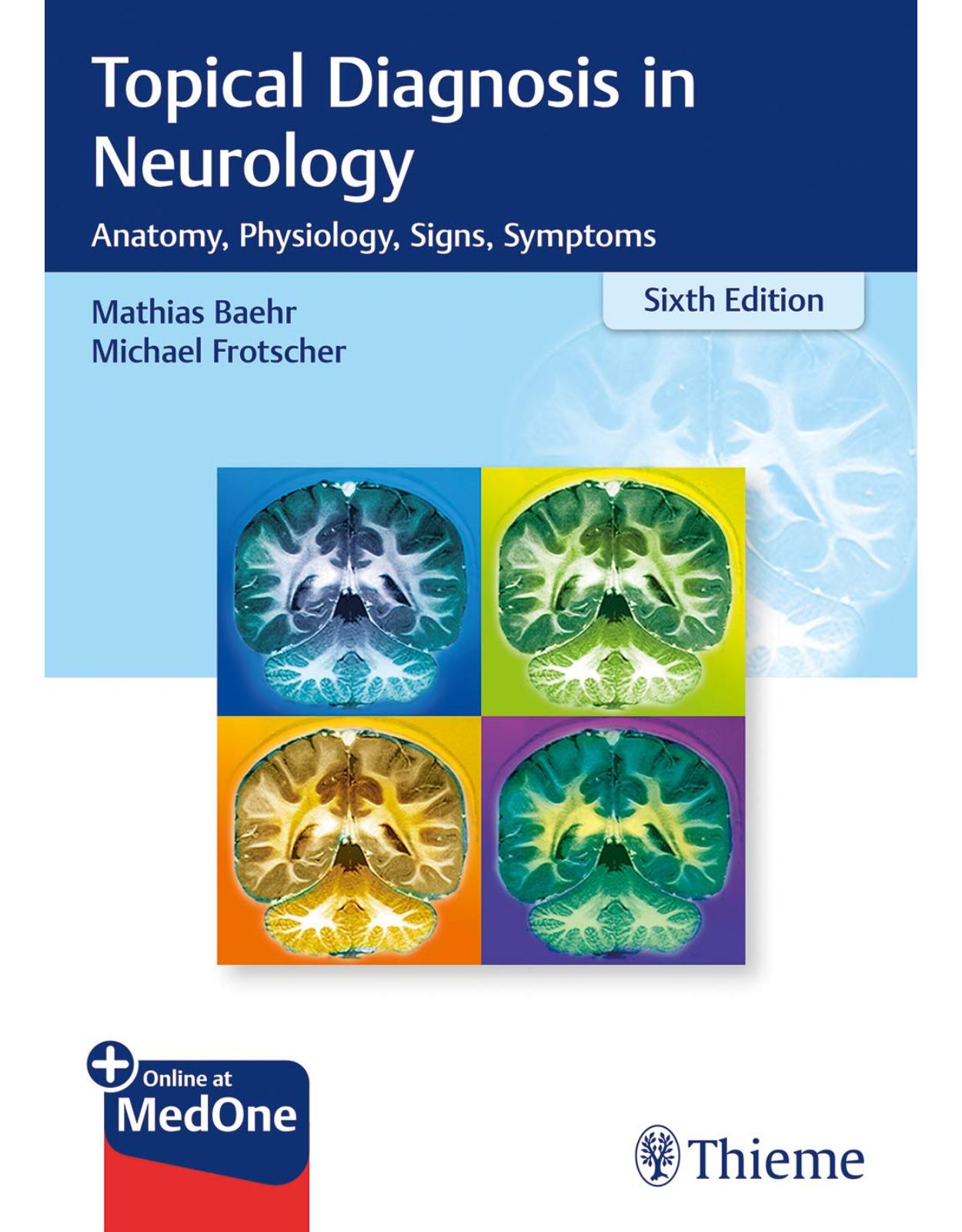
Topical Diagnosis in Neurology: Anatomy, Physiology, Signs, Symptoms
Livrare gratis la comenzi peste 500 RON. Pentru celelalte comenzi livrarea este 20 RON.
Disponibilitate: La comanda in aproximativ 4 saptamani
Editura: Thieme
Limba: Engleza
Nr. pagini: 332
Coperta: Paperback
Dimensiuni: 24.13 x 17.02 cm
An aparitie: 10 May 2019
Description:
The perennial neurology classic, updated and expanded
The sixth edition of Duus' classic Topical Diagnosis in Neurology builds on the clear, integrated presentation of anatomy, function, and disorders of the central nervous system that made it a success for almost over five decades, serving as a quick reference for practitioners and trainees alike. It elucidates the neuroanatomical pathways that lead to specific clinical syndromes, and demonstrates how comprehensive anatomical knowledge combined with a thorough neurological examination can help localize and categorize a lesion and arrive at a differential diagnosis.
The time-tested logical, thematic structure with useful summaries, at the beginning of each chapter, and color-coded section headings enable readers to distinguish neuroanatomical from clinical material at a glance and enable efficient and time saving study.
Features of the sixth edition:
New tables and clinical case examples
Improved descriptions of neuroanatomical/neurophysiological basics in the context of clinical symptoms
Twenty-three new illustrations, to a total of more than 400 illustrations
A wide range of study aids and clinical correlations that support the emphasis on integrative medicine in the current medical school curricula
Topical Diagnosis in Neurology is an ideal reference for neurologists and neuroscientists who correlate neurological diseases with anatomical location to arrive at a diagnosis or understand a clinical syndrome. It is also an essential tool for trainees and advanced students who need a solid grounding in key neurofunctional relationships.
Table of Contents:
1 Elements of the Nervous System
Information Flow in the Nervous System
Neurons and Synapses
Neurons
Synapses
Neurotransmitters and Receptors
Functional Groups of Neurons
Glial Cells
2 Somatosensory System
Peripheral Components of the Somatosensory System and Peripheral Regulatory Circuits
Receptor Organs
Peripheral Nerve, Dorsal Root Ganglion, Posterior Root
Peripheral Regulatory Circuits
Central Components of the Somatosensory System
Posterior and Anterior Spinocerebellar Tracts
Posterior Columns
Anterior Spinothalamic Tract
Lateral Spinothalamic Tract
Other Afferent Tracts of the Spinal Cord
Central Processing of Somatosensory Information
Somatosensory Deficits due to Lesions at Specific Sites along the Somatosensory Pathways
3 Motor System
Central Components of the Motor System and Clinical Syndromes of Lesions Affecting Them
Motor Cortical Areas
Corticospinal Tract (Pyramidal Tract)
Corticonuclear (Corticobulbar) Tract
Other Central Components of the Motor System
Lesions of Central Motor Pathways
Peripheral Components of the Motor System and Clinical Syndromes of Lesions Affecting Them
Clinical Syndromes of Motor Unit Lesions
Complex Clinical Syndromes due to Lesions of Specific Components of the Nervous System
Spinal Cord Syndromes
Vascular Spinal Cord Syndromes
Spinal Cord Tumors
Nerve Root Syndromes (Radicular Syndromes)
Plexus Syndromes
Peripheral Nerve Syndromes
Syndromes of the Neuromuscular Junction and Muscle
4 Brainstem
Surface Anatomy of the Brainstem
Medulla
Pons
Midbrain
Cranial Nerves
Origin, Components, and Functions
Olfactory System (CN I)
Visual System (CN II)
Eye Movements (CN III, IV, and VI)
Trigeminal Nerve (CN V)
Facial Nerve (CN VII) and Nervus Intermedius
Vestibulocochlear Nerve (CN VIII)—Cochlear Component and the Organ of Hearing
Vestibulocochlear Nerve (CN VIII)—Vestibular Component and Vestibular System
Vagal System (CN IX, X, and the Cranial Portion of XI)
Hypoglossal Nerve (CN XII)
Topographical Anatomy of the Brainstem
Internal Structure of the Brainstem
Brainstem Disorders
Ischemic Brainstem Syndromes
5 Cerebellum
Surface Anatomy
Internal Structure
Cerebellar Cortex
Cerebellar Nuclei
Afferent and Efferent Projections of the Cerebellar Cortex and Nuclei
Connections of the Cerebellum with Other Parts of the Nervous System
Cerebellar Function and Cerebellar Syndromes
Vestibulocerebellum
Spinocerebellum
Cerebrocerebellum
Cerebellar Disorders
Cerebellar Ischemia and Hemorrhage
Cerebellar Tumors
Genetic and Metabolic Diseases of the Cerebellum
6 Diencephalon and Autonomic Nervous System
Location and Components of the Diencephalon
Thalamus
Nuclei
Position of the Thalamic Nuclei in Ascending and Descending Pathways
Functions of the Thalamus
Syndromes due to Thalamic Lesions
Thalamic Vascular Syndromes
Epithalamus
Subthalamus
Location and Components
Hypothalamus
Location and Components
Hypothalamic Nuclei
Afferent and Efferent Projections of the Hypothalamus
Functions of the Hypothalamus
Peripheral Autonomic Nervous System
Fundamentals
Sympathetic Nervous System
Parasympathetic Nervous System
Autonomic Innervation and Functional Disturbances of Individual Organs
Visceral and Referred Pain
7 Limbic System
Anatomy
Internal and External Connections
Major Components of the Limbic System
Hippocampus
Microanatomy of the Hippocampal Formation
Amygdala
Functions of the Limbic System
Types of Memory
Memory Dysfunction—the Amnestic Syndrome and Its Causes
8 Basal Ganglia
Preliminary Remarks on Terminology
The Role of the Basal Ganglia in the Motor System: Phylogenetic Aspects
Components of the Basal Ganglia and Their Connections
Nuclei
Connections of the Basal Ganglia
Function and Dysfunction of the Basal Ganglia
Clinical Syndromes of Basal Ganglia Lesions
9 Cerebrum
Development
Gross Anatomy and Subdivision of the Cerebrum
Gyri and Sulci
Histological Organization of the Cerebral Cortex
Laminar Architecture
Cerebral White Matter
Projection Fibers
Association Fibers
Commissural Fibers
Functional Localization in the Cerebral Cortex
Methods
Primary Cortical Fields
Association Areas
Frontal Lobe
Higher Cortical Functions and Their Impairment by Cortical Lesions
10 Coverings of the Brain and Spinal Cord; Cerebrospinal Fluid and Ventricular System
Coverings of the Brain and Spinal Cord
Dura Mater
Arachnoid
Pia Mater
Cerebrospinal Fluid and Ventricular System
Structure of the Ventricular System
Cerebrospinal Fluid Circulation and Resorption
Disturbances of Cerebrospinal Fluid Circulation—Hydrocephalus
11 Blood Supply and Vascular Disorders of the Central Nervous System
Arteries of the Brain
Extradural Course of the Arteries of the Brain
Arteries of the Anterior and Middle Cranial Fossae
Arteries of the Posterior Fossa
Collateral Circulation in the Brain
Veins of the Brain
Superficial and Deep Veins of the Brain
Dural Sinuses
Blood Supply of the Spinal Cord
Arterial Anastomotic Network
Venous Drainage
Cerebral Ischemia
Arterial Hypoperfusion
Particular Cerebrovascular Syndromes
Impaired Venous Drainage from the Brain
Intracranial Hemorrhage
Intracerebral Hemorrhage (Nontraumatic)
Subarachnoid Hemorrhage
Subdural and Epidural Hematoma
Vascular Syndromes of the Spinal Cord
Arterial Hypoperfusion
Impaired Venous Drainage
Spinal Cord Hemorrhage and Hematoma
Bibliography
Index
| An aparitie | 10 May 2019 |
| Autor | Mathias Bahr , Michael Frotscher |
| Dimensiuni | 24.13 x 17.02 cm |
| Editura | Thieme |
| Format | Paperback |
| ISBN | 9783132409583 |
| Limba | Engleza |
| Nr pag | 332 |

